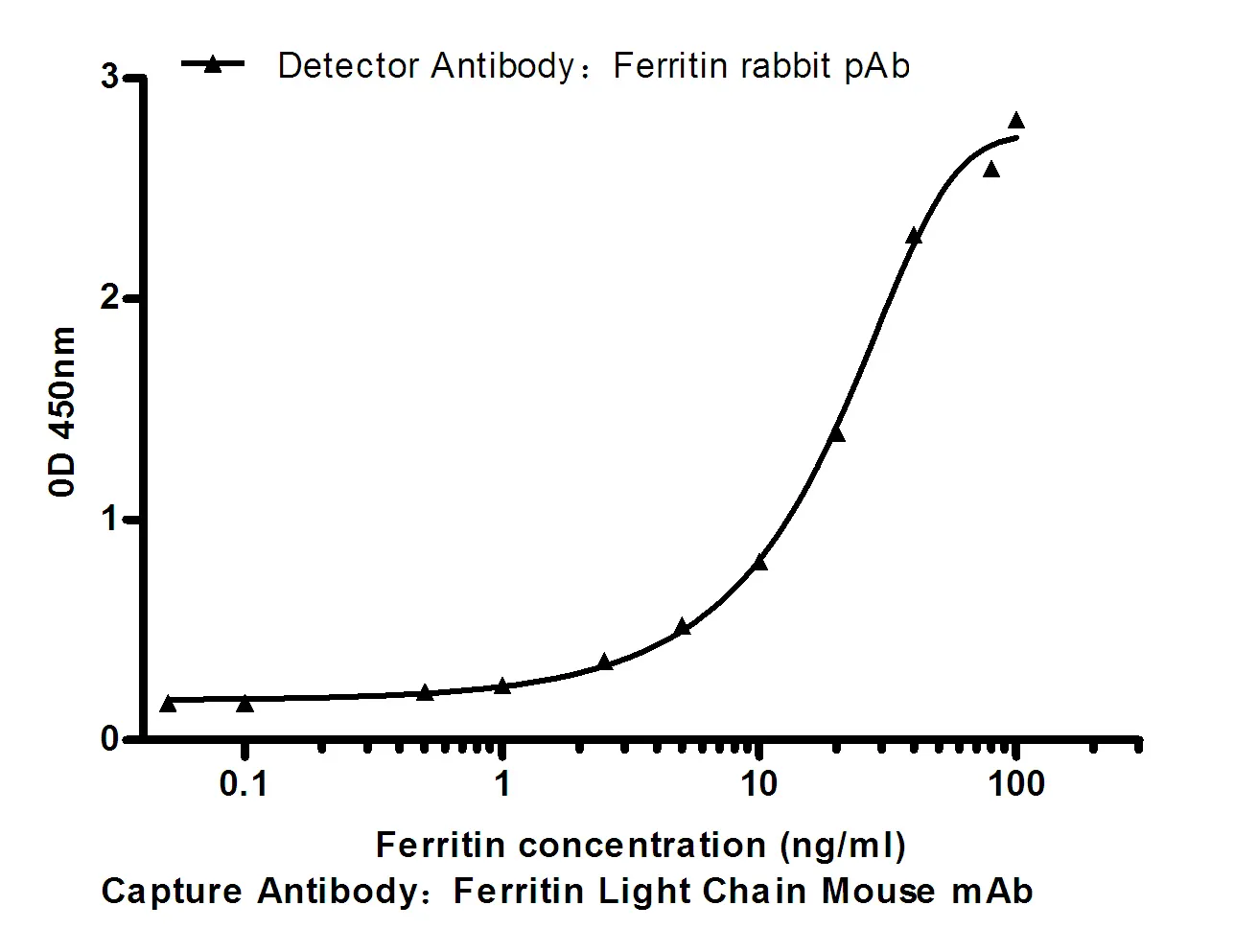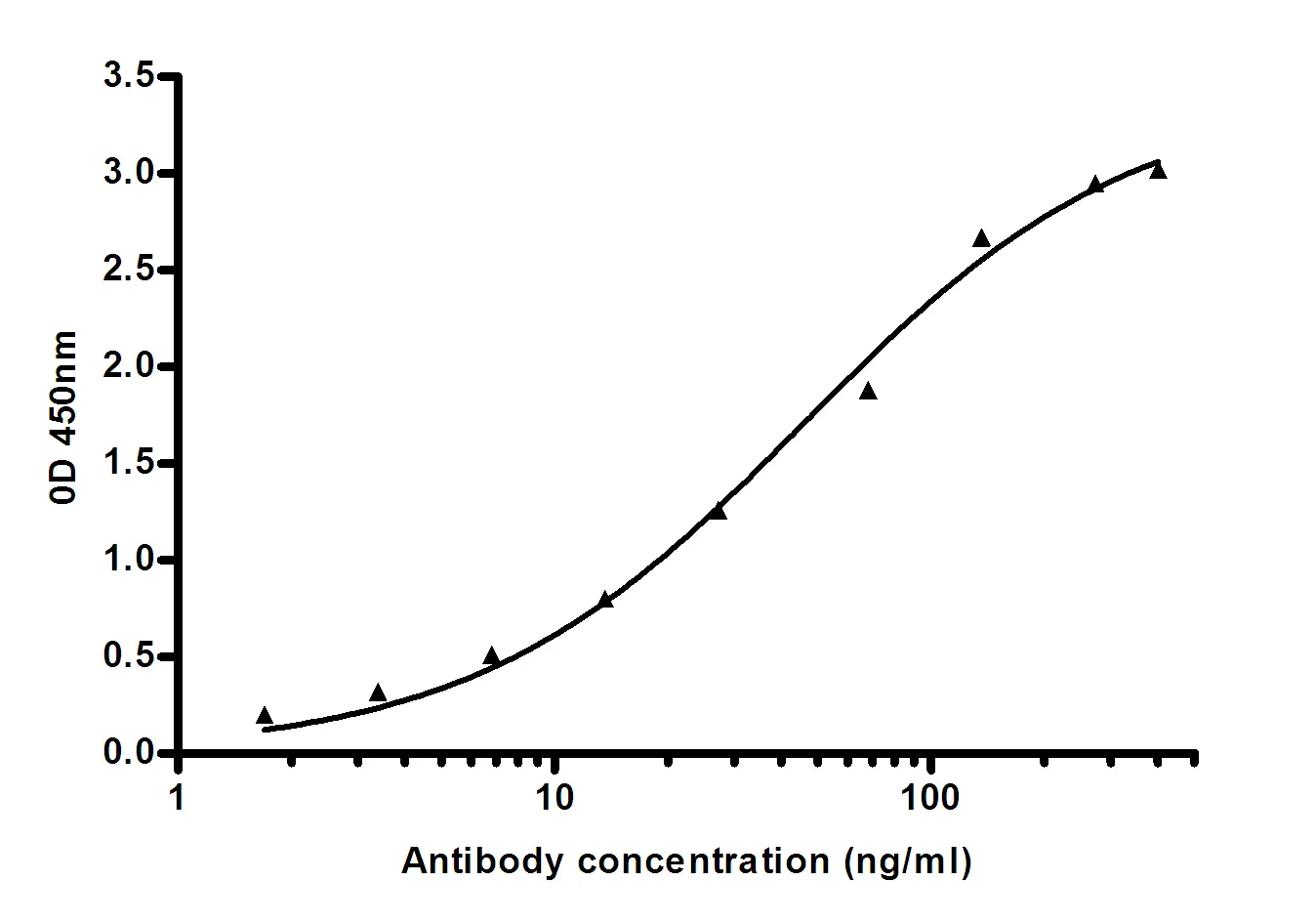Summary
Performance
Immunogen
Application
Background
Glutamate receptors are the predominant excitatory neurotransmitter receptors in the mammalian brain and are activated in a variety of normal neurophysiologic processes. This gene product belongs to the kainate family of glutamate receptors, which are composed of four subunits and function as ligand-activated ion channels. The subunit encoded by this gene is subject to RNA editing (CAG->CGG; Q->R) within the second transmembrane domain, which is thought to alter the properties of ion flow. Alternative splicing, resulting in transcript variants encoding different isoforms, has been noted for this gene. [provided by RefSeq, Jul 2008],alternative products:Additional isoforms seem to exist,function:Ionotropic glutamate receptor. L-glutamate acts as an excitatory neurotransmitter at many synapses in the central nervous system. Binding of the excitatory neurotransmitter L-glutamate induces a conformation change, leading to the opening of the cation channel, and thereby converts the chemical signal to an electrical impulse. The receptor then desensitizes rapidly and enters a transient inactive state, characterized by the presence of bound agonist. May be involved in the transmission of light information from the retina to the hypothalamus.,miscellaneous:The postsynaptic actions of Glu are mediated by a variety of receptors that are named according to their selective agonists. This receptor binds domoate > kainate > L-glutamate = quisqualate > CNQX = DNQX > AMPA > dihydrokainate > NMDA.,RNA editing:Partially edited.,similarity:Belongs to the glutamate-gated ion channel (TC 1.A.10) family.,subunit:Homotetramer or heterotetramer of pore-forming glutamate receptor subunits. Tetramers may be formed by the dimerization of dimers (Probable). The unedited version (Q) assembles into a functional kainate-gated homomeric channel, whereas the edited version (R) is unable to produce channel activity when expressed alone. Both edited and unedited versions can form functional channels with GRIK4 and GRIK5.,tissue specificity:Most abundant in the cerebellum and the suprachiasmatic nuclei (SCN) of the hypothalamus.,
Research Area
Neuroactive ligand-receptor interaction;



